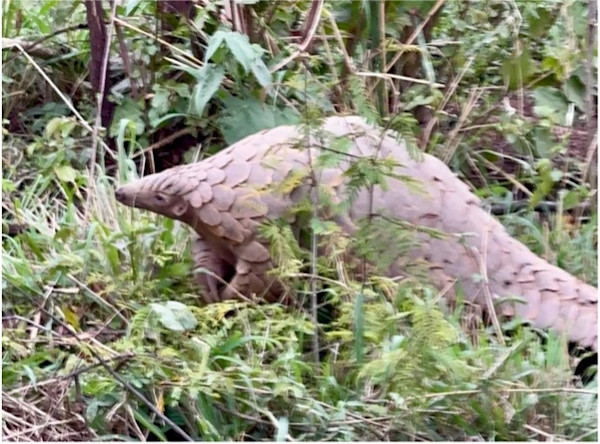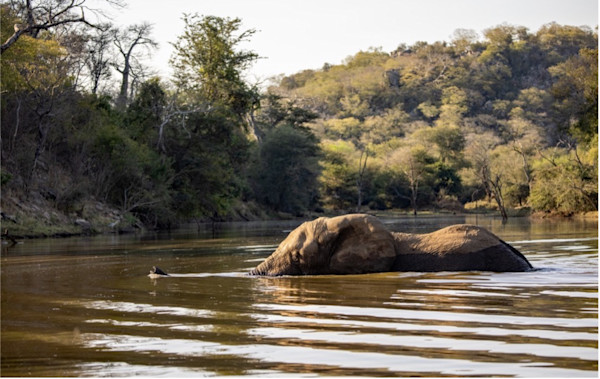May 2025
Biodiversity
Elephant communication
in BiodiversityShare:
Elephant communication

Today I would like to speak about a topic that is incredibly fascinating. Elephants are extraordinary animals that have some unique features which we are learning more about every day. One of the most fascinating aspects is the way that elephants are able to communicate with one another, sometimes from very far distances. Today I will go over some of their methods of communication and just give a brief overview of what we understand so far.
Elephants communicate using a number of different methods such as body language, chemical signals, tactile communication, vocalizations and even seismic vibrations. Elephants make use of trumpeting, growls, types of squeaks and even low grumbles. The vocal communication between elephants can travel long distances and becomes incredibly useful when trying to warn others of imminent danger or threats, they can also warn other elephants of their current emotional state. A recent fascinating study also showed that elephants also use specific calls to other individual elephants suggesting that they have a form of name-like communication very similar to humans using names to address each other. Body language is also incredibly important when it comes to elephant communication such as ear spreading and the use of their tail. Elephants use their bodies to convey a wide variety of messages such as the ear spreading to make themselves appear larger for intimidation purposes, visual displays are very important when it comes to social interactions and dominance displays. They also use touch for communication especially within family groups which can include touching their trunks together or rubbing bodies together which can help to strengthen bonds within these social circles or family groups.
Elephants are also able to use their feet to be able to feel vibrations in the ground and communicate via infrasound which is very low frequency sounds which are below the range of human hearing. They are able to create seismic waves by producing very low frequency rumbles, which create the vibrations that travel through the ground and they are also able to detect these vibrations over very long distances allowing them to communicate and coordinate movements within the herd. They have very specialized receptors in their feet and in their inner ear called Pacinian corpuscles and this allows them to detect these vibrations. Seismic waves can travel much further than airborne sounds and this is what allows elephants to communicate over very long distances.
Elephants are incredible animals and we are privileged to get to spend so much time with them here at Singita Sabi Sand. They provide us with excellent entertainment and one can never be bored spending time in the presence of these amazing animals.

By Andrew Taylor
Field Guide


